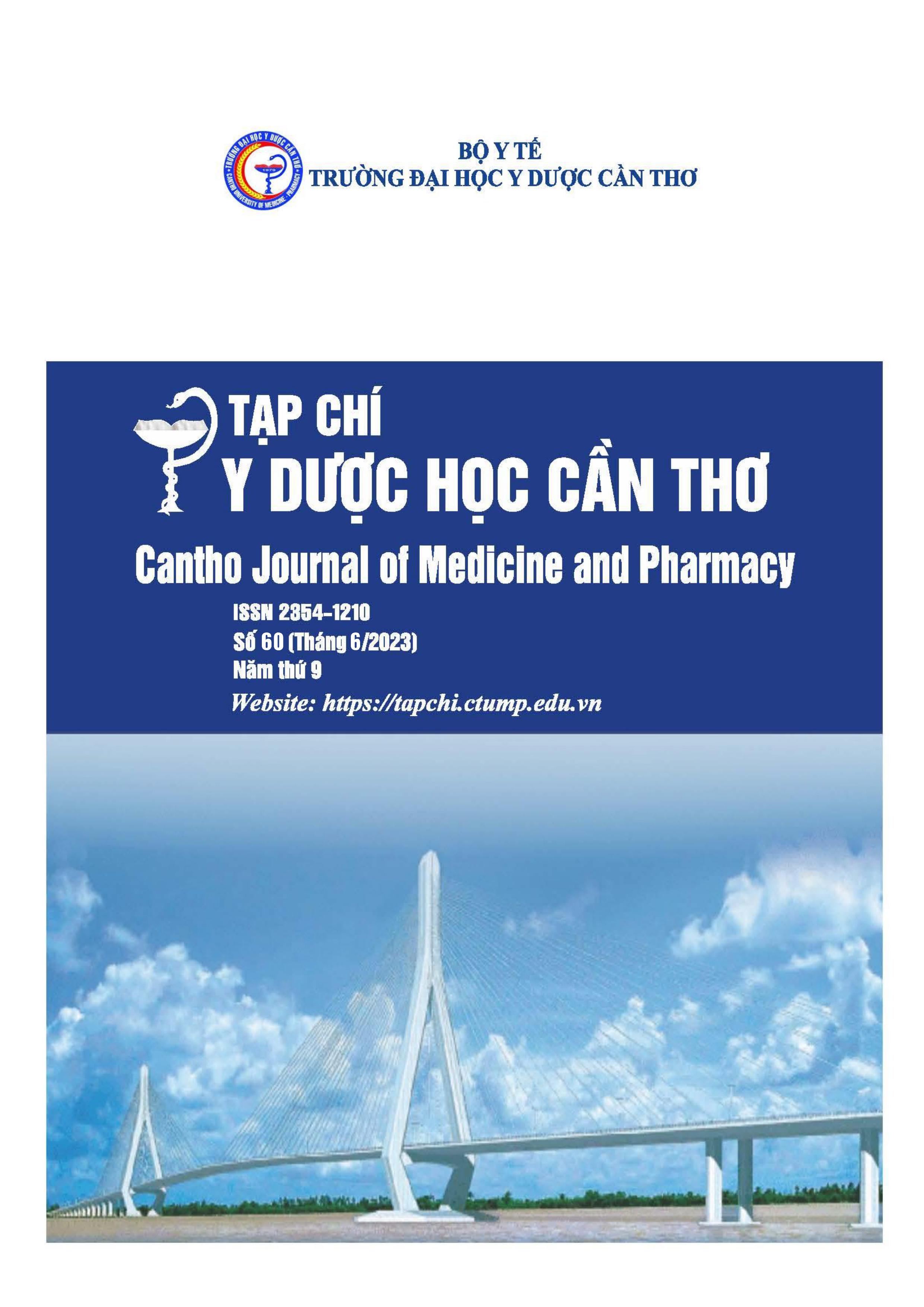OUTCOMES OF ALTEMEIER’S PROCEDURE IN TREATMENT OF RECTAL PROLAPSE
Main Article Content
Abstract
Background: Complete rectal prolapses can be treated by Altemeier’s procedure. Objectives: To evaluate the outcomes of Altemeier’s procedure for complete rectal prolapse. Materials and methods: A retrospective study was done in 56 patients with complete rectal prolapse treated by Altemeier’s procedure from 08/2010 to 02/2017, at University Medical Center. Results: Most of patients in study was female 62.0%, male 37.5%. The youngest patient was 12 and the oldest patients was 90, average age was 63.9. Operation: Operating time of hand sewn is 98.7 minutes and stapler is 70 minutes, male is 108.5 and 85.5 in female. Complications: There are 2 anastomotic leakages in 6th day of postoperative period. There was no bleeding, bladder, intestinal, vaginal injury. Average postoperative time 6.5 days (6.8 in hand-sewn and 5,5 in stapler). 48 patients were completely followed up postopertively. Average follow-up times was 34.2 months. There were 3 recurrences, one patient underwent Altemeier’s procedure again with good result. There was no mortality or morbidity was recorded. Conclusions: Altemeier’s procedure is good in suitable patients with complete rectal prolapse. Advantage is the mild operation with the good results.
Article Details
Keywords
Altemeier’s procedure, rectal prolapse
References
2. Atallah S, Albert M, DeBeche-Adam TH, Larach S. The Altemeier procedure using biologic mesh. Tech Coloproctol. 2012. 16(2), 149-151, doi: 10.1007/s10151-011-0786-1.
3. Boons P, Collinson R, Cunningham C, Lindsey I. Laparoscopic ventral rectopexy for external rectal prolapse improves constipation and avoids de novo constipation. Colorectal disease. 2010. 12 (6), 526–532, doi: 10.1111/j.1463-1318.2009.01859.x.
4. Cirocco WC. Explaining the undulating outcomes of perineal rectosigmoidectomy (Altemeier procedure) for rectal prolapse over the last century: technique matter. Tech Coloproctol. 2014. 18(11), 979-980, doi: 10.1007/s10151-014-1179-z.
5. Sands DR. Altemeier. Master technique in general surgery. 2012. 155-162.
6. Houtouras A, Ribas Y, Zakeri S, Bhan C, Wexner SD, Chan CL, Murphy J. A systemic review of the literature on the surgical management of recurrent rectal prolapse. Colorectal disease. 2015. 17(8), 657-664, doi: 10.1111/codi.12946.
7. Pinheiro RV, Leal RF, Coy CSR, Fagendes JJ, Martinez CAR, Ayrizono MLS. Long term outcome of perineal rectosigmoidectomy for rectal prolapse. Int J Surg. 2016. 32, 78-82, doi: 10.1016/j.ijsu.2016.06.040.
8. Kim M, Reibetanz J, Schlegel N, Krajinovic K, Kostler H, Germer CT, Isbert. Recurrence after perineal rectosigmoidectomy: when and why. Colorectal disease. 2014. 16(11), 920-924, doi: 10.1111/codi.12756.
9. Kim D-S, Tsang CB, Wong WD, Lowry AC, Goldberg SM, Madoff RD. Complete rectal prolapse: evolution of management and results. 1999. 42, 460-469, doi: 10.1007/BF02234167.
10. Kimmins MH, Evertt BK, Isler J, et al. The Altemeier repair: outpatient treatment of rectal prolapse. Dis Colon Rectum. 2001. 44, 565-570, doi: 10.1007/BF02234330.


